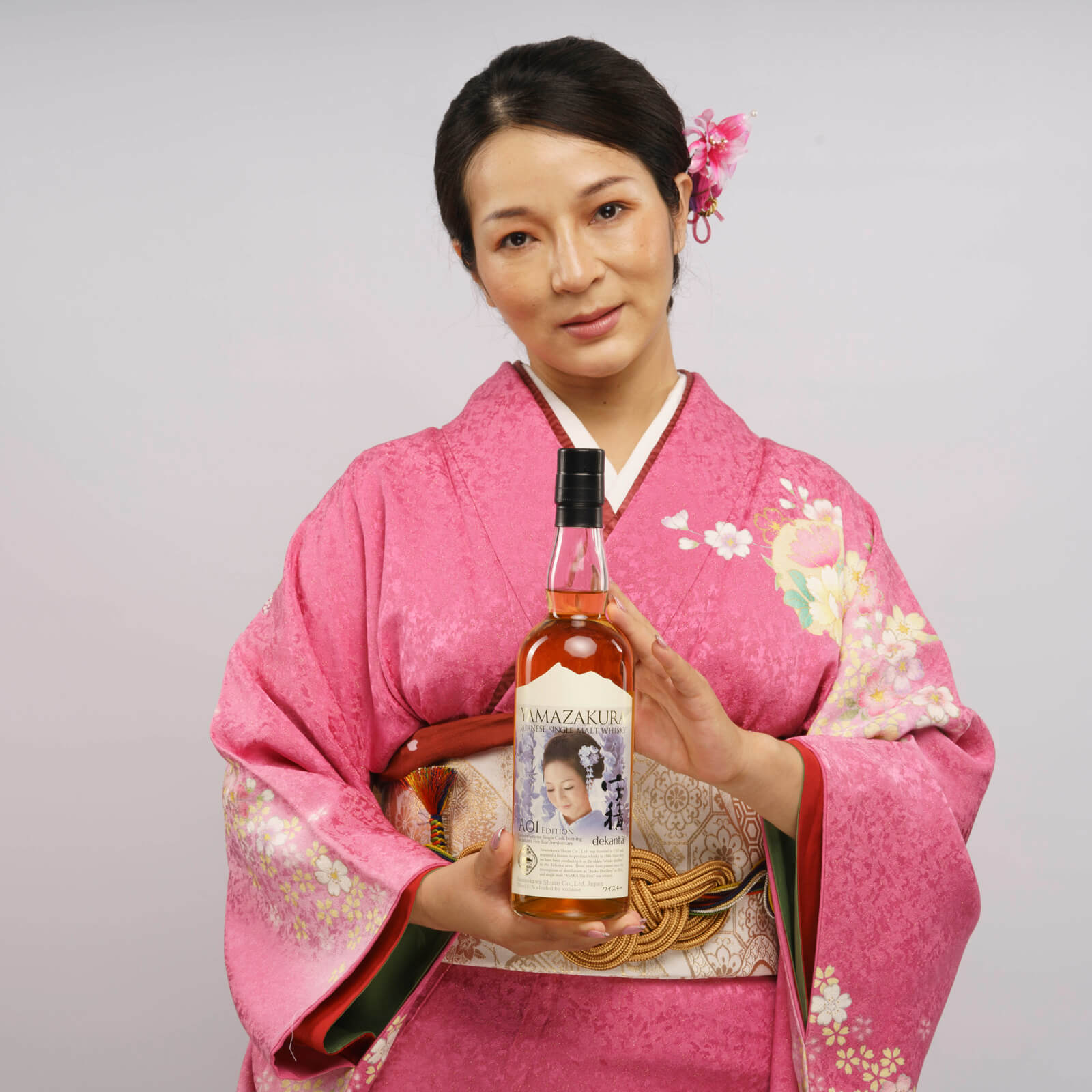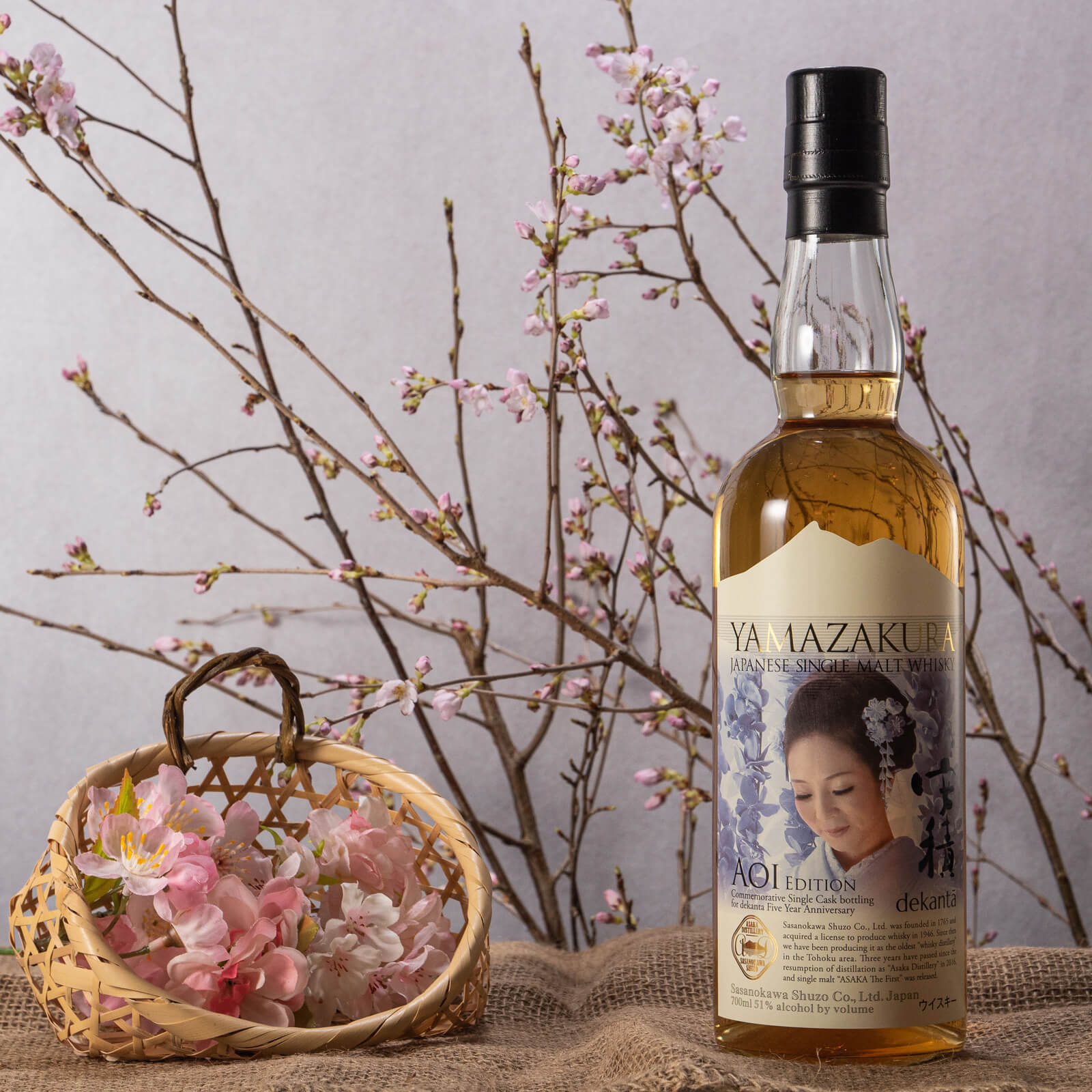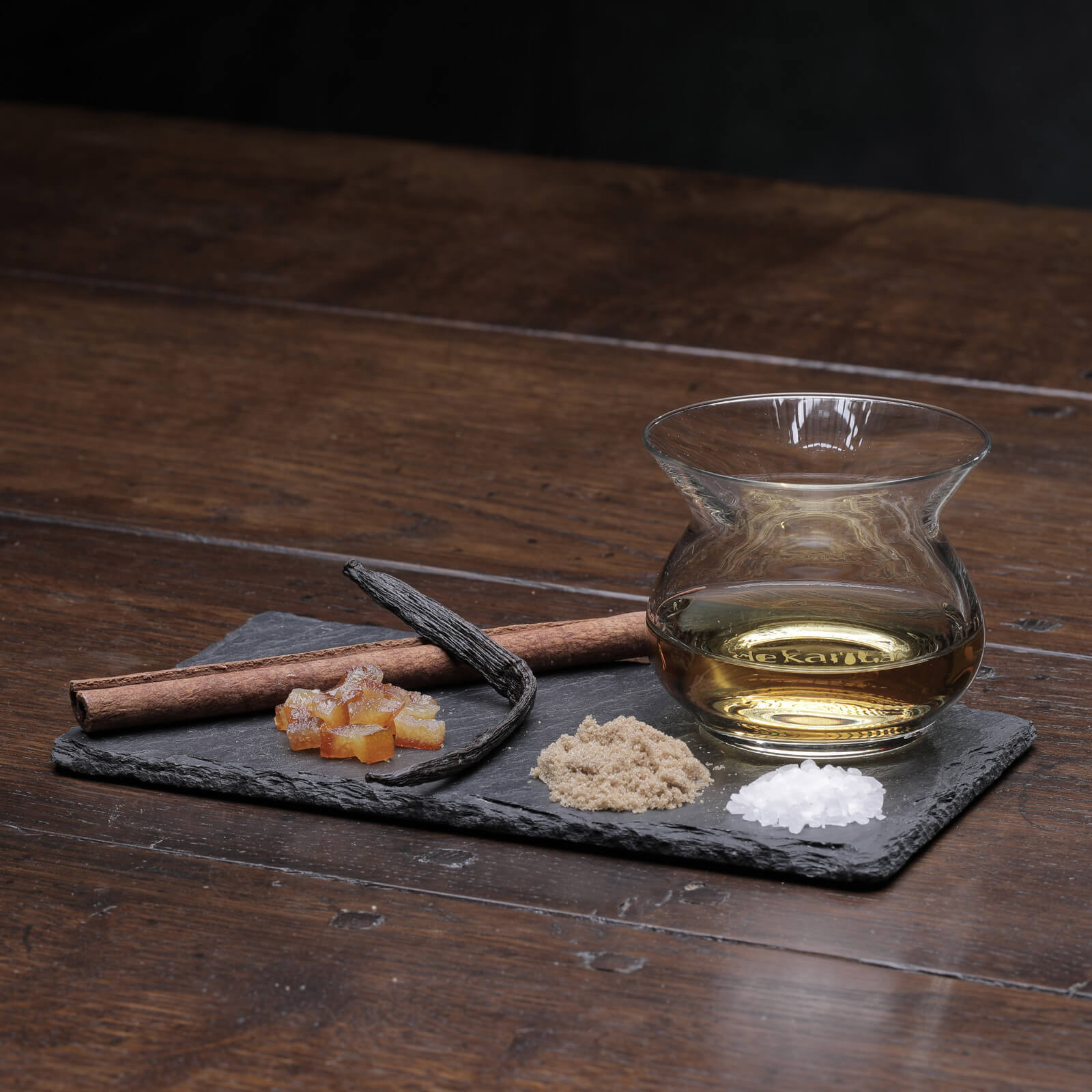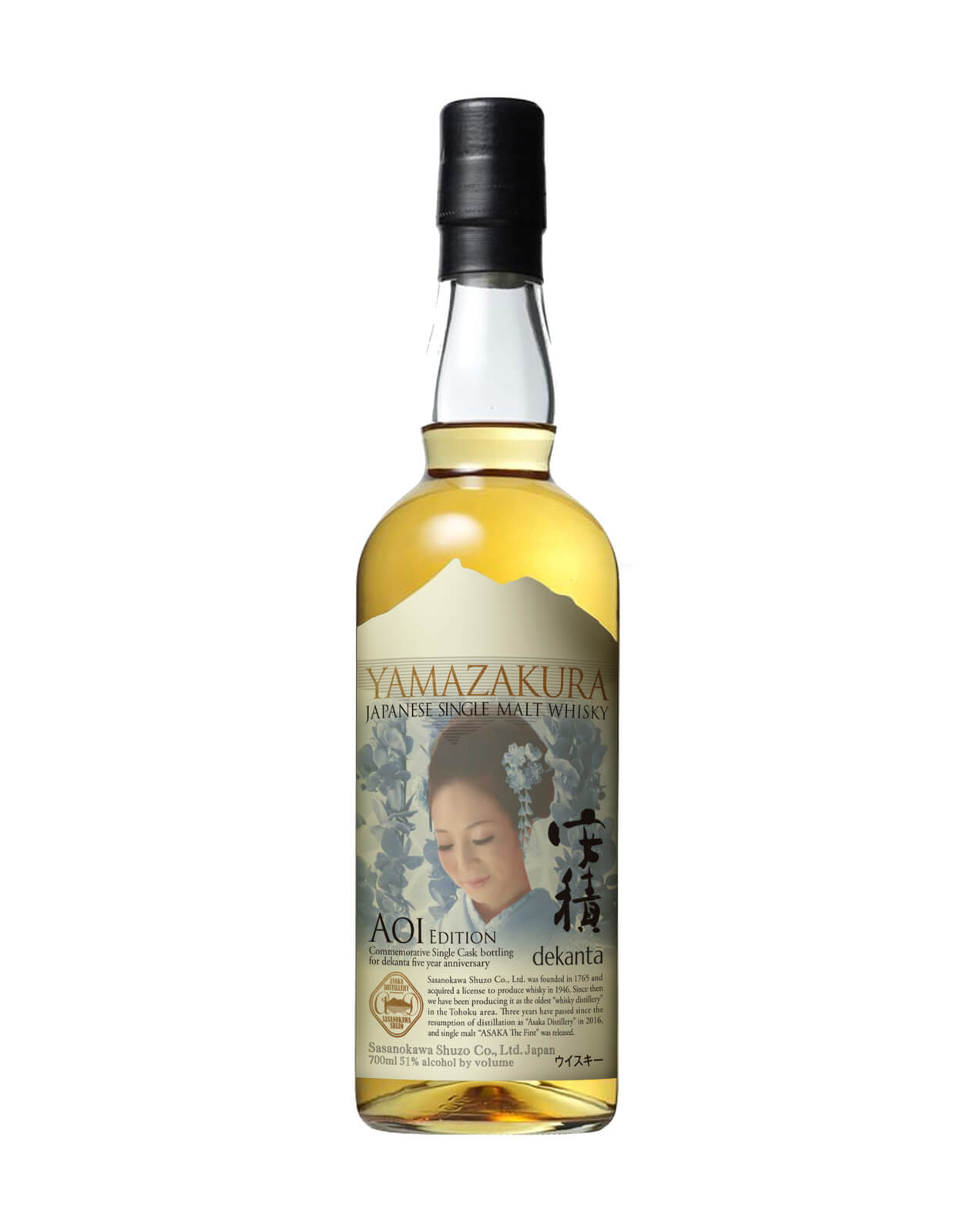Asaka Aoi Edition Single Cask: A Japanese Single Malt Whisky Worth Looking At
by Ken Gargett
I have looked at the explosion of interest in Japanese whisky before. I suspect that if there is one positive in COVID-19, it is that the greatly reduced numbers of people attending the Tokyo Olympics probably meant that the supply of Japanese whiskies was not plundered to the extent expected. A small silver lining.
Normally I would not highlight a retailer/supplier, but it seems that this one also offers special limited edition Japanese whiskies as well as many of the harder-to-find bottlings. I am speaking of Dekanta, and I will leave it to you to determine if what is offered here represents value wherever you are. The answer to that question is likely to vary widely.
Independent bottlings and limited editions are all the rage at the moment, and there is plenty of discussion on the usual blogs and sites as to whether they are better than standard bottles or not. These are often referred to as “own bottlings” and are usually bottled at cask strength – in the most general terms, this means an alcohol level around 50 to 55 percent as opposed to the standard 40 to 46 percent.
Again, I suspect there is no right answer. It will vary. We are seeing a number of “ghost distilleries” in Scotland being revived for these purposes. It is worth noting that cask-strength whiskies are far less common from Japan than Scotland.

Asaka Aoi Edition Single Cask Japanese whisky
An example is the whisky I am looking at this week: the Asaka Aoi Single Malt Single Cask Release, which was bottled to celebrate the fifth anniversary of Dekanta, is an example of a whisky that only Dekanta can offer.
Given that only 343 bottles were made at a price of AUD$343 each (coincidence?), this is a whisky that will be hard to find for most (the website your only chance). Are you better off sticking to the familiar standard bottles or venturing into unchartered territory with this whisky and others like it? Again, the answer will vary for everyone, but be honest: we all love to think we’ve got hold of something a bit rare and exclusive.

Japan meets Scotland
Asaka Aoi
A few thoughts about Asaka Aoi. Distilled on June 27, 2017, it was bottled on July 13, 2020. Non-chill filtered and no artificial coloring.
It spent those three plus years in a first-fill bourbon cask (cask no. 17172 to be specific). It was only the second single malt release, and the very first single cask release, from the Asaka Distillery. 51 percent abv.
It is called “Aoi” as this is Japanese for “blue,” and we are told that it was chosen because “of the symbolic significance the color holds in both Japanese and U.S. culture.” Not sure how that quite relates, but the bottle is certainly attractively packaged.

Asaka Aoi Edition Single Cask Japanese whisky
I gather that “blue” is the color to celebrate a fifth wedding anniversary, so there is a link. The photo of the elegantly dressed – in a blue kimono, of course – lady on the label is actually Makiyo Masa, the founder of Dekanta.
The first single malt from this distillery was released in December 2019, a limited run of just 1,500 bottles. It sold out within hours. Dekanta also released a whisky called The Peated a year later – just 2,000 bottles that time.

Asaka Aoi Edition Single Cask Japanese whisky ingredients
The distillery is owned by a company called Sasanokawa Shuzo, which is based in the Tohuko region of Japan and has been in the business of producing alcohol in varying forms, notably sake and shochu, since 1765. Sasanokawa Shuzo received the region’s first “whisky-making” license in 1946 but has largely focused on blended whiskies.
Sasanokawa Shuzo has often incorporated imported whisky in these blends under the Yamazakura label. This is also a controversial issue, but as long as it is detailed on the label, should it be banned? Some brilliant Japanese whiskies have been made this way – think some of the Ichiro malts.
In fact, Sasanokawa Shuzo stepped in to assist Ichiro Akuto in 2004 when he was looking for a site to store 400 casks of Hanyu single malt after the Hanyu Distillery closed (I have looked at the brilliant whiskies of Ichiro previously). Asaka Distillery has maintained a close relationship with Ichiro Akuto and the Chichibu distillery.
As it happens, there have been recent changes to labeling for Japanese whisky via the Japan Spirits & Liqueurs Makers Association. The definition of “Japanese Whisky (Whiskey),” after four years of debate, will be a voluntary standard. The revised standards now have the specified term “Japanese Whisky” (or “Japanese Whiskey”) only able to be used when such whisky satisfies the following production method quality requirements.
- Raw ingredients must be limited to malted grains, other cereal grains, and water extracted in Japan.
- Malted grains must always be used.
- Saccharification, fermentation, and distillation must be carried out at a distillery in Japan.
- Alcohol content at the time of distillation must be less than 95 percent.
- The distilled product must be poured into wooden casks not exceeding a capacity of 700 liters and matured in Japan for a period of at least three years thereafter.
- Bottling must take place only in Japan, with alcoholic strength of at least 40 percent at the time of bottling.
- Plain caramel coloring can be used.
The new standards are applied from April 1, 2021 (not an April Fool’s Day joke).
In 2015, Sasanokawa Shuzo set about restoring the site that would now become the Asaka Distillery as it was keen to produce its own single malt whiskies. A year later, the distillery was finished and the process began. Expect to see many more excellent whiskies from this distillery in the coming years.

Asaka Aoi Edition Single Cask Japanese whisky
And how does Asaka Aoi Edition Single Cask taste?
For a cask strength whisky, it is amazingly subtle and refined. The color is quite pale. There are notes of ginger and nuts, a hint of teak. The underlying power soon becomes apparent and there is excellent length here. Citrus and pears, spices. Tobacco leaf notes – one suspects that this would go very well with a fine cigar. Bergamot and raspberries.
Every sip exhibits more, and this is one of those rare whiskies that sneaks up on you – far more here than any brief initial glimpse could ever reveal. The ginger and citrus hang around, and the finish has a touch of honey. The citrus morphs into a lovely glacé lemon crystalline character.
This is a very fine whisky and definitely worth a look. Whether it represents value is always down to the individual.
For more information, please visit www.dekanta.com.
You may also enjoy:
Yamazaki 12-Year-Old Japanese Whisky: Why Pricing Has Gone Through The Roof
Chichibu Whisky: The Japanese Version Of Pappy Van Winkle



Leave a Reply
Want to join the discussion?Feel free to contribute!